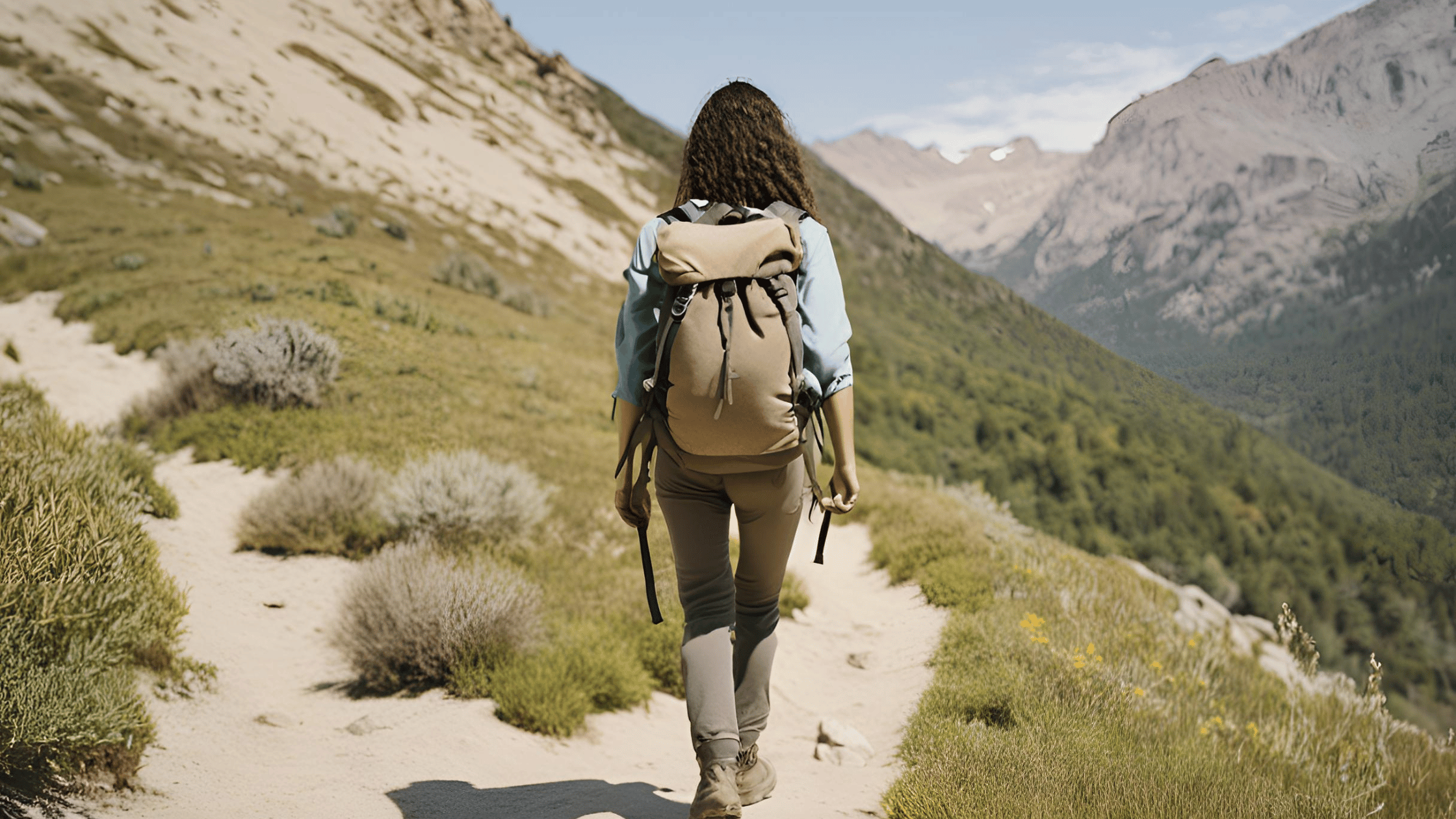Going through a divorce can be one of the most challenging experiences in life. It often leaves people feeling lost and disconnected. But engaging in outdoor activities like hiking can be a powerful way to reconnect with yourself, reduce stress, and heal emotionally. Spending time in nature not only improves your physical health but also clears your mind and boosts your mood.
If you’ve never hiked before or haven’t done outdoor activities in years, don’t worry. This guide will walk you through everything you need to know about starting hiking and exploring outdoor hobbies after divorce. You’ll also find helpful resources, books, podcasts, and websites to make your journey easier.
Why Hiking and Outdoor Hobbies are Great After Divorce
- Healing Through Nature: Nature has a calming effect on the mind and soul. The fresh air, scenic views, and physical activity help release endorphins, which improve your mood.
- A Fresh Start: Hiking gives you a sense of accomplishment and helps you regain confidence.
- Meet New People: Many hiking groups and outdoor clubs allow you to make new friends and build a support network.
- Affordable and Flexible: Hiking doesn’t require expensive gear or a gym membership. You can start with just a good pair of shoes and a trail map.
How to Start Hiking After Divorce
Step 1: Get Basic Gear
To start hiking, you need basic gear:
- Comfortable Shoes: Hiking boots or trail shoes are ideal. Brands like Merrell and Columbia offer affordable options.
- Backpack: A lightweight backpack to carry essentials like water, snacks, and a first aid kit.
- Clothing: Wear layers so you can adjust to weather changes. Check out REI for quality hiking clothes.
Step 2: Start Small
- Choose easy, flat trails to build confidence.
- Hike for an hour or two at first. Gradually increase the duration as you become more comfortable.
Step 3: Plan Your Hike
- Use trail-finding apps like AllTrails to find beginner-friendly hikes near you.
- Check the weather before heading out.
- Tell someone where you’re going for safety.
Step 4: Join a Group
- Join local hiking clubs or groups on Meetup.
- Many groups are beginner-friendly and offer guided hikes.
Step 5: Practice Safety
- Stay hydrated by bringing enough water.
- Carry a basic first aid kit.
- Stick to marked trails to avoid getting lost.
Resources to Help You Get Started
Websites and Apps
- AllTrails: Offers trail maps, reviews, and difficulty ratings.
- Gaia GPS: For detailed topographic maps.
- Hiking Project: A community-based site with hiking trails.
Books
- “Wild: From Lost to Found on the Pacific Crest Trail” by Cheryl Strayed – A memoir about healing through hiking.
- “Hiking for Beginners: Getting Started on the Trail” by Peter Thurston – A step-by-step guide for new hikers.
- “A Walk in the Woods” by Bill Bryson – A humorous and inspiring hiking story.
Magazines
- Backpacker Magazine: Offers beginner tips, gear reviews, and trail recommendations.
- Outside Magazine: Covers outdoor activities and personal growth stories.
Podcasts
- The First 40 Miles Podcast: A beginner-friendly hiking podcast.
- She Explores Podcast: Features inspiring stories about women and their outdoor adventures.
- Hiker Podcast: Focuses on the emotional and mental benefits of hiking.
Gear Recommendations
- Hiking Shoes: Merrell Moab 3 Hiking Shoes (Amazon affiliate link).
- Backpack: Osprey Daylite Backpack (Amazon affiliate link).
- Water Bottle: Hydro Flask Water Bottle (Amazon affiliate link).
Online Groups
- Hiking Subreddit: Connect with other hikers.
- Facebook Hiking Groups: Search for local hiking communities.
Other Outdoor Hobbies to Explore
If hiking isn’t your thing, there are other outdoor activities to try:
- Cycling: Great for fitness and exploring new areas. Check out Strava for routes.
- Birdwatching: Relaxing and educational. Use the Merlin Bird ID app.
- Gardening: A calming activity that connects you with nature. Visit Gardening Know How for tips.


